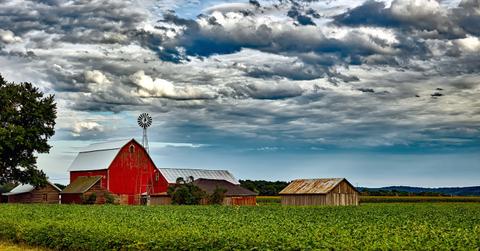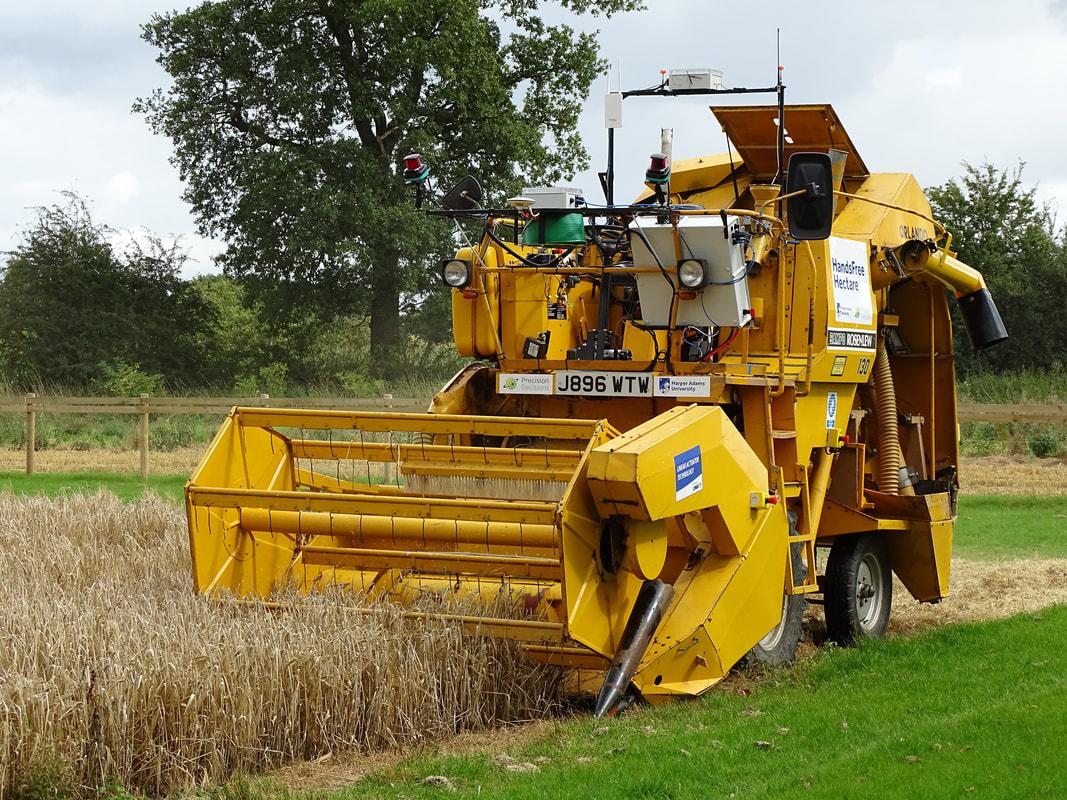Robots Plant And Harvest Barley Without Help From Humans
The first farm in the world to plant, tend, and harvest a crop with only autonomous vehicles and drones has just harvested its first crop, setting the stage for farmerless farms across the world.
Updated May 25 2019, 5:33 a.m. ET
The future of farming has arrived. Last October, scientists at Harper Adams University in Edgmond, England, decided to experiment with the prospect of creating a fully automated, robot-grown farm. Now, that farm – aptly named the Hands Free Hectare – has produced its first crop: five tons of spring barley processed from seed to harvest without the intervention of humans.
The farm is the first in the world to plant, tend and harvest a crop with only autonomous vehicles and drones, and the success of the project has big implications for the future of farming. Will robots soon grow all our food? Will farmers be out of a job? Well, not yet, but it may change the jobs that farmers actually do – instead of tending the land themselves, the Hands Free Hectare team imagines farmers monitoring a fleet of autonomous vehicles.
"We believe the best solution is that in the future, farmers will manage fleets of smaller, autonomous vehicles. These will be able to go out and work in the fields, allowing the farmer to use their time more effectively and economically instead of having to drive up and down the fields," Jonathan Gill, researcher at Harper Adams University, said in a press release. "We hope that this project has helped to inspire some people and shown them the range of interesting and innovative jobs that are available now in agriculture.”
Beyond proving that a crop of barley could be grown without human hands, the team also found that some of the work traditionally performed by very large machines – designed to cover more ground – can be better undertaken by smaller machines, which may not cover as much ground, but can perform their duties with more precision. For example, for the sake of efficiency, large machines spray fertilizer over entire farms, unable to tend to the different needs of different crops.
“There’s been a focus in recent years on making farming more precise, but the larger machines that we’re using are not compatible with this method of working. They’re also so heavy that they’re damaging farmers’ soils,” researcher Jonathan Gill told Live Science.
So the Hands Free Hectare team went smaller, using a tractor, a combine and a harvester that were smaller in size, lighter, and even less expensive. Then they programmed the machines to follow a set route using GPS, adding more precision and removing additional wear and tear. The team also used drones to collects samples with grippers, and used open-source technology and a drone’s autopilot to navigate the fields. All told, they spent less than $300,000.
Eventually, the teams says, the system will be sophisticated enough to treat different parts of a field, or even individual plants, differently, creating a highly precise – and slightly futuristic – method of growing our food.

